The Fighter class has often been maligned in the history of Dungeons & Dragons, primarily due to how descriptive the class title is. It’s the Fighter’s job to fight, and that’s pretty much it — they don’t cast spells, heal wounds, or disarm dangerous locks. The Fighter just goes out and kills things until they die, right? Not exactly. The D&D Fighter offers as much or as little complexity as the player wants to put into them, with an ability set that is easy to get to grips with, while making them incredibly effective in their chosen role as the one who fights.
The D&D Fighter, Everything You Need To Know

The D&D Fighter class is the master of combat flexibility, equally skilled in using several fighting styles and techniques. These range from the defensive wall, which blocks enemies in heavy armor while holding a shield, to keep the other party members safe from harm; the bow master, who rains death down upon enemies with their deadly barrage of arrows; the big weapon wielder, who cuts foes to pieces with strikes from a weapon that can reach across several spaces; or the dual-weapon user, who performs multiple attacks in a single turn.
Related: When Did DnD Come Out & Who Invented It? Explained
While the D&D Fighter doesn’t have the damage or control options of the spellcasters, they still perform an important role in combat, as it often falls to them to tank the damage and keep the enemy hordes engaged. The ranged option is viable, but it works best in a group with a meat shield that stands on the front lines. Otherwise, the group will soon be overrun by monsters.
D&D Fighters Are The Most Versatile Class When It Comes To Concepts & Themes
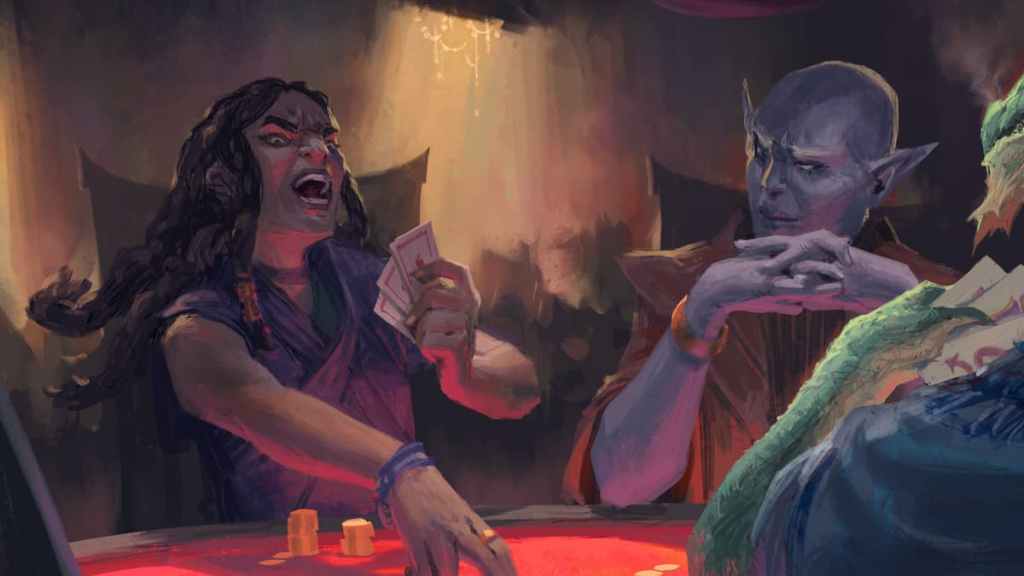
There is a stereotype from the old days of D&D of the average fighter being a human with a longsword, a shield, and no personality. This couldn’t be further from the truth, as the Fighter is easily the most liquid class in concept. The only defining element of the Fighter class is that they’re good at fighting, which lends itself to countless different character ideas. This starkly contrasts classes like the Barbarian and the Paladin, which are more challenging (but not impossible) to break out of their mold.
The grizzled mercenary, the glory-seeking gladiator, and the former soldier are all fine ideas for the player who wants to roll up a character and bring them to the game, but there are more options for those who want to get creative. Want to adapt one of the non-Gandalf members of the Fellowship of the Ring into D&D? The Fighter has you covered. Want to play a Samurai who has arrived from a distant land? The Fighter can do that (along with a subclass). Want to play a knight whose social standing provides them with all kinds of legal obligations and political headaches? Just concentrate on the backstory and the personality, as the Fighter covers you for everything else.
In many ways, the Fighter is the perfect class for the roleplayers of the group, as it has the least amount of maintenance in keeping track of abilities and has an easily defined role that anyone can understand. It’s also the best class for new Dungeons & Dragons players who are coming into a group full of veterans, as it’s the simplest to come to terms with, and their role is so simple that it’s hard to mess up.
Easy Character Race Choices For A D&D Fighter

There was a division regarding which races were best suited for the Fighter, as they tend to fall into the Strength or Dexterity build categories. Since the introduction of the Tasha’s Cauldron of Everything stat bonus rules, these concerns no longer apply, and players have more leeway to select the race they want without feeling underpowered.
Regarding the Player’s Handbook options, the variant human with its extra Feat is a great choice, considering how many of the Feats are centered around improving the combat efficiency of specific fighting styles. The half-orc is also a great choice, with the Relentless Endurance and Savage Attacks features both being excellent options for a front-line warrior.
There are also some great options in Mordenkainen Presents: Monsters of the Multiverse. The orc has Relentless Endurance and the Dash ability (take a second movement action during your turn) a number of times equal to Proficiency Bonus, giving them a lot more movement speed. The Goliath has a natural resistance to cold damage and Stone’s Endurance, which lets them use their Reaction to reduce damage from an attack by 1d12 + Constitution modifier, which can be done a number of times equal to Proficiency Bonus. If you’re more of an aggressive fighter, the centaur is also a good pick, as they can make an additional attack with their hooves if they move 30ft and perform the Attack action.
How To Use D&D Fighter’s Class Abilities
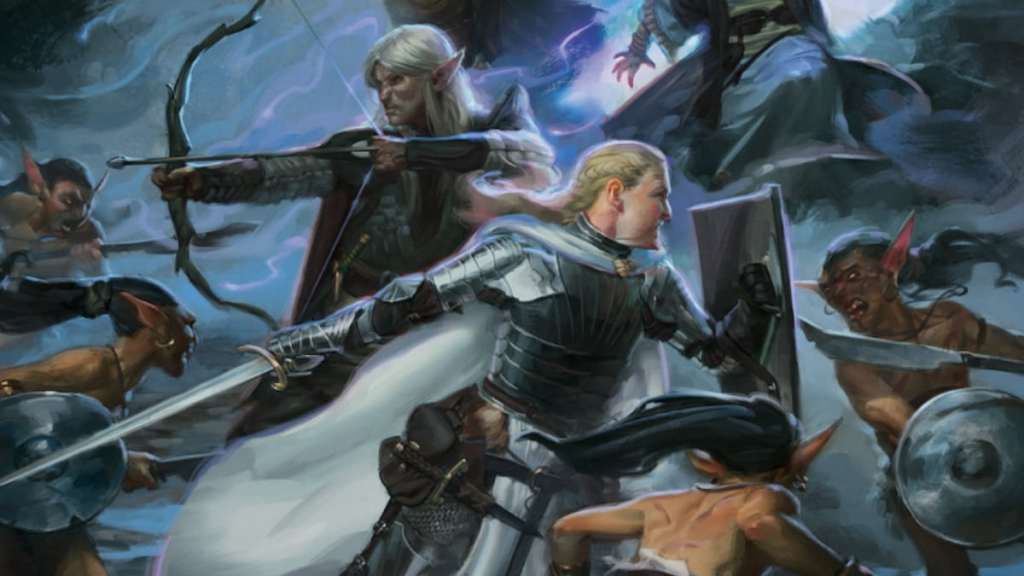
On its own, the Fighter doesn’t get many abilities compared to the other D&D classes. These are the class abilities that the Fighter gains from levels 1-5, alongside a choice of Fighting Style and a subclass chosen at level 3, which are discussed further below.
- Second Wind – You can heal 1d10 + your Fighter level as a Bonus Action on your turn. This can be used again after a short or long rest.
- Action Surge – You can take an additional Action and Bonus Action on your turn. This can be used again after a short or long rest.
- Ability Score Improvement – You add +2 to one stat or two +1s to two different stats. If the DM allows it, you can choose a Feat instead. In most cases, the Feat is the better option, as many Feats will also provide stat bonuses. It should be noted that all D&D classes get this feature, but the Fighter gets it the most of any class, allowing them to boost their stats and gather more Feats than anyone else.
- Extra Attack – You can attack an additional time during your turn when taking the Attack action. It bears mentioning that you can attack multiple targets with the two attacks, and it’s possible to move between attacks, though this can potentially cause an Attack of Opportunity from an enemy.
Which D&D Fighter Fighting Style Should You Pick?

Like the other martial classes in the Player’s Handbook, the Fighter selects a Fighting Style at level 1. This provides a static buff that always remains active, giving them an extra boost in combat. It helps to know what kind of Fighter you want to play before selecting a Fighting Style, as picking one that matches your character’s strengths will make things a lot easier in the long run.
- Archery – Fairly simple; this Fighting Style adds +2 to damage rolls made with a ranged weapon, such as a longbow or light crossbow. Select this Fighting Style if you want to play a Legolas-style archer who fights from a distance. However, it bears mentioning that the Archery feature doesn’t work with thrown weapons, like daggers and axes, as these are still classed as melee weapons.
- Defense – This Fighting Style gives you +1 to Armor Class. In our opinion, it sucks. Don’t pick it. If you care that much about AC, buy a shield and some heavy armor. The damage bonus other Fighting Styles provides is far superior to the tiny bonus provided by Defense.
- Dueling – If you are fighting with a melee weapon in one hand and are not using a weapon in the other, then you deal +2 on damage rolls with that weapon. Crucially, you can use a shield or spellcasting focus in tandem with this style. Pick this style if you want an Errol Flynn-style swashbuckler or any fighter specializing in Dexterity and Finesse weapons.
- Great Weapon Fighting – If you wield a weapon with two hands and roll a 1 or 2 on a damage roll, you can reroll the damage, but you must take the second result. This feature only works with weapons that have the Two-Handed or Versatile properties. Pick this Fighting Style if you want to play as Cloud Strife, wielding a massive weapon that has the potential to deal a ton of damage with each blow.
- Protection – If you use a shield, you can spend your Reaction to protect an ally within 5ft who is being attacked, providing Disadvantage on the opposing roll. Pick this Fighting Style if you want to play as an MMO Tank who will give their lives to protect the squishy casters of the group.
- Two-Weapon Fighting – When fighting with two weapons, you can add your ability modifier to the damage of the second attack. Pick this if you want to play as Drizzt Do’Urden, or if you want to be able to perform six attacks in one turn at level 5 with an Action Surge.
Which D&D Fighter Subclass Should You Pick?

The Player’s Handbook provides three options for Fighter subclasses, all varying in complexity. If you are a complete newbie to the game and struggle to pick up the rules, select Champion and don’t look back. If you want something more interesting, look at the Battle Master or Eldritch Knight.
- Champion – The Champion loves to fight and is good at it. They gain the Improved Critical feature, which allows them to crit on a 19 or 20. This is one of the best static abilities in the game
- Battle Master – The Battle Master can throw out special moves in combat. When this subclass is chosen, the character receives four d8s as part of the Superiority Dice feature. The player then selects three Maneuvers, special abilities powered by the Superiority Dice, allowing them to deal additional damage or boost an ally’s abilities in combat. These Superiority Dice are restored on a short or long rest, so don’t be afraid to use them when needed.
- Eldritch Knight – These warriors merge swordplay with spellcasting, gaining access to Abjuration and Evocation spells from the Wizard class list. Along with a limited selection of spells, they also receive the Weapon Bond ability, allowing them to magically tie themselves to up to two weapons they can summon at any time as a bonus action. Not only is this a great option for throwing weapons, but it’s wise to have a backup weapon for situations where the party is captured.
If you select the Battle Master but are unsure of what Maneuvers to pick, then go for Commander’s Strike (spend your Bonus Action and a Superiority Dice to let an ally perform an additional attack using their Reacion), Precision Strike (add a Superiority Dice to a damage roll), and Riposte (if the enemy misses with a melee attack, spend a Superiority Dice and your Reaction to attack them back, adding the Superiority Didce to the damage roll if it hits.)
If you select the Eldritch Knight but are unsure what Cantrips to pick, select fire bolt (always gives you access to a ranged attack) and true strike (gain advantage on one attack made in the following round). For the spells, select magic missile (a guaranteed damage dealer that avoids cover), shield (gives an emergency AC boost), and thunderwave (a great keep-away spell when you’re surrounded by minor units.)
Related: D&D Reveals First Look At Upcoming Dungeon Master’s Guide
Why Every D&D Party Needs A Fighter

Fantasy stories are filled with tales of the valiant sword-wielding hero who goes on a quest to save the world from evil. In D&D, anyone can take this role, and the Fighter might be best suited for it, but that doesn’t mean your Fighter has to be that hero. Ironically, the D&D class with the most direct name is the most malleable one, as the simplicity of its abilities and concept are what give it such incredible storytelling potential in your campaign.



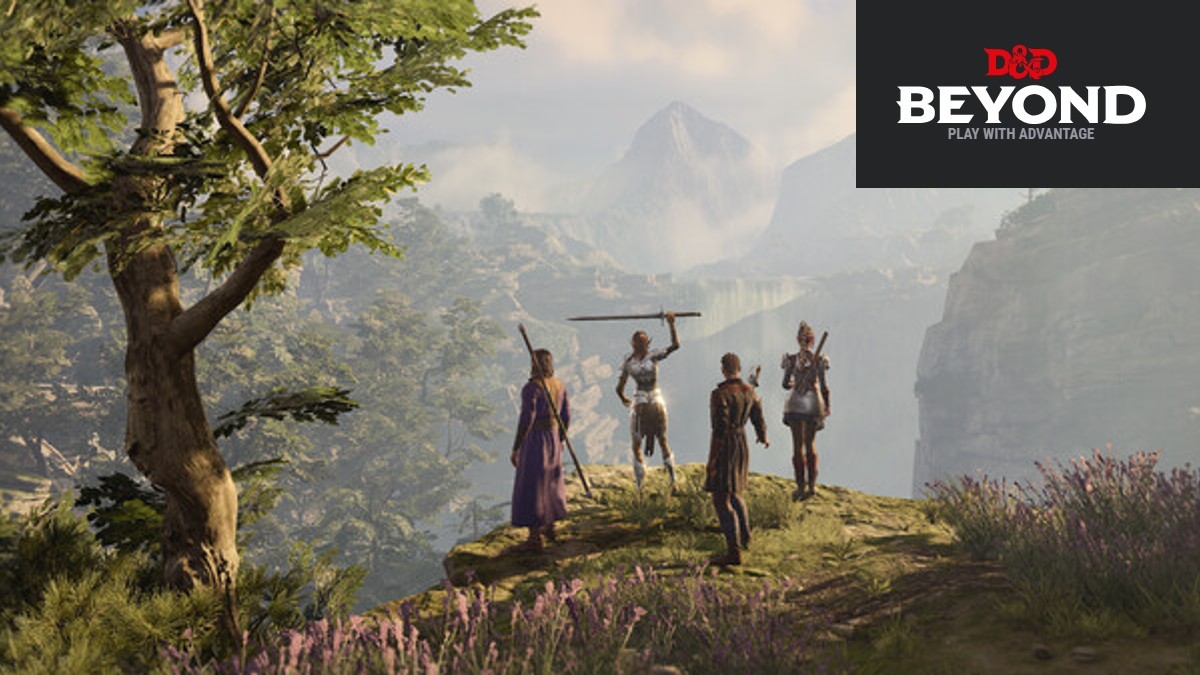
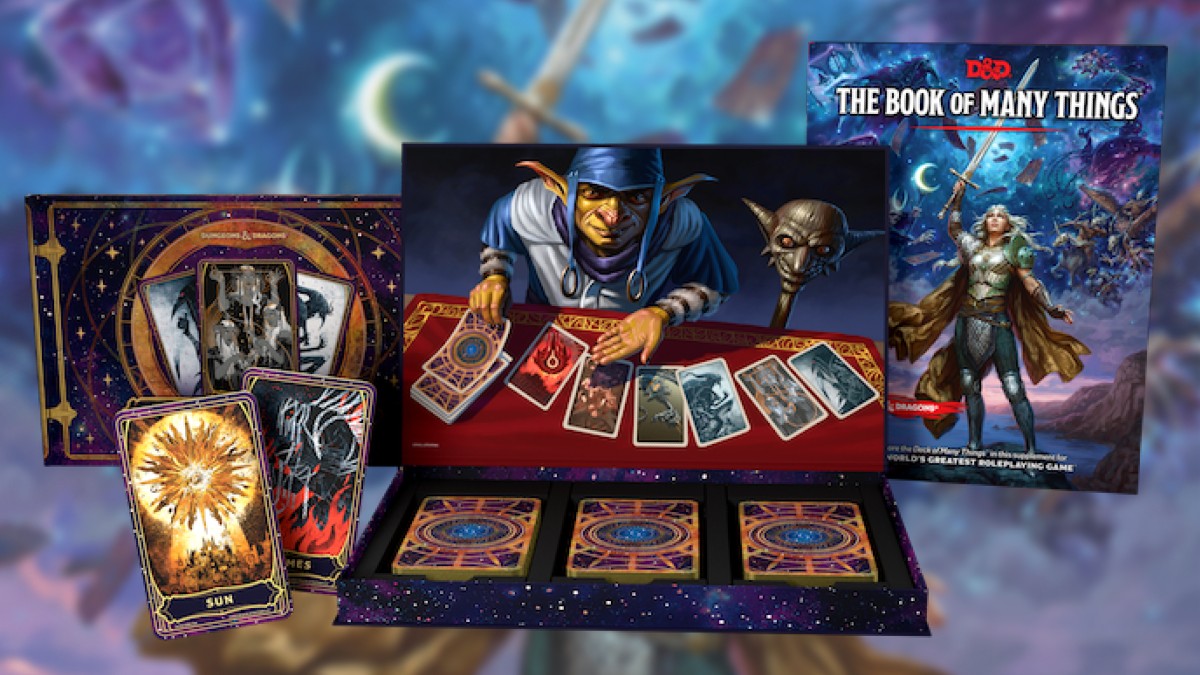
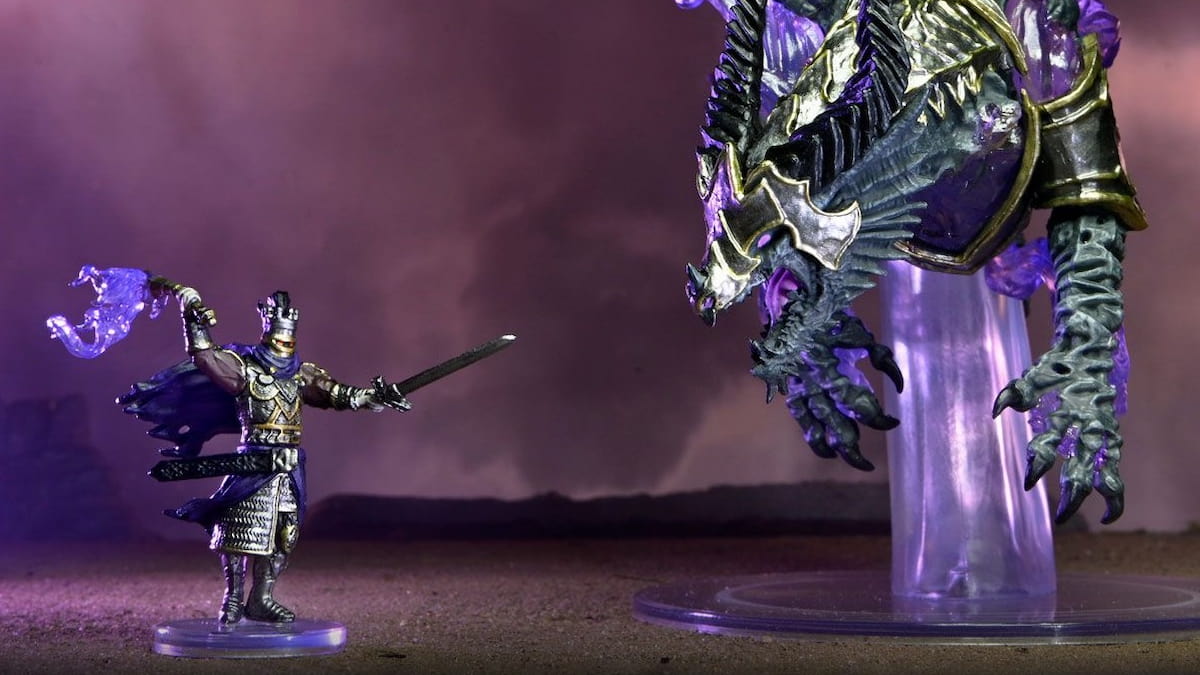
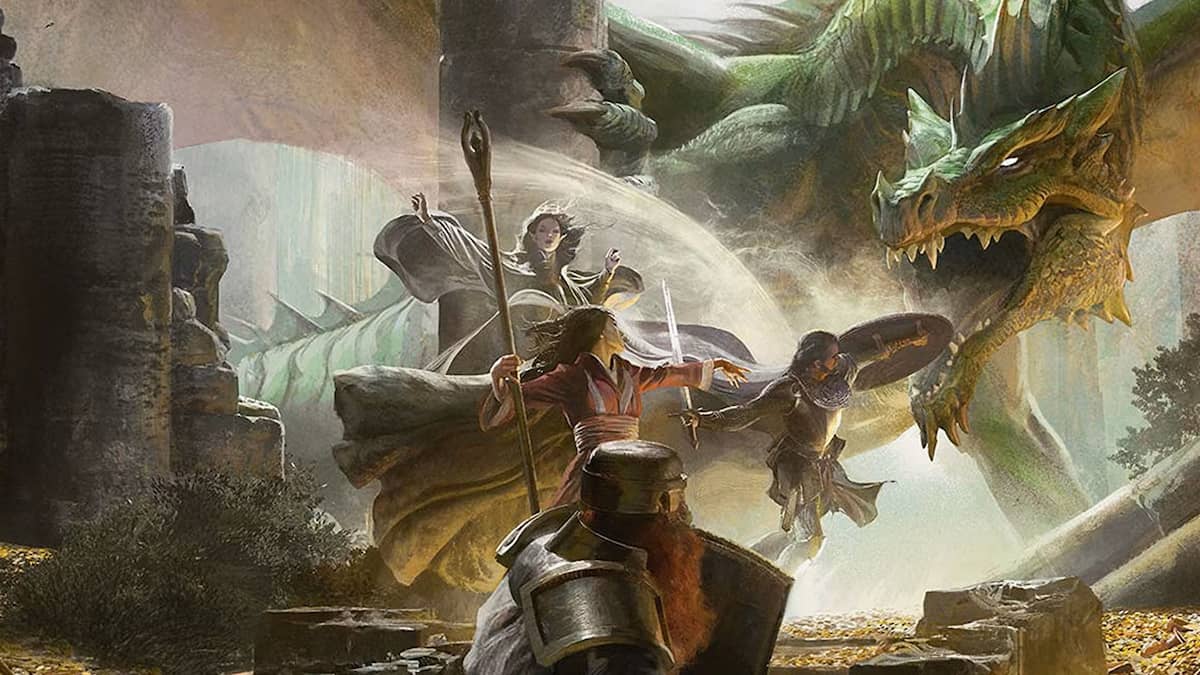
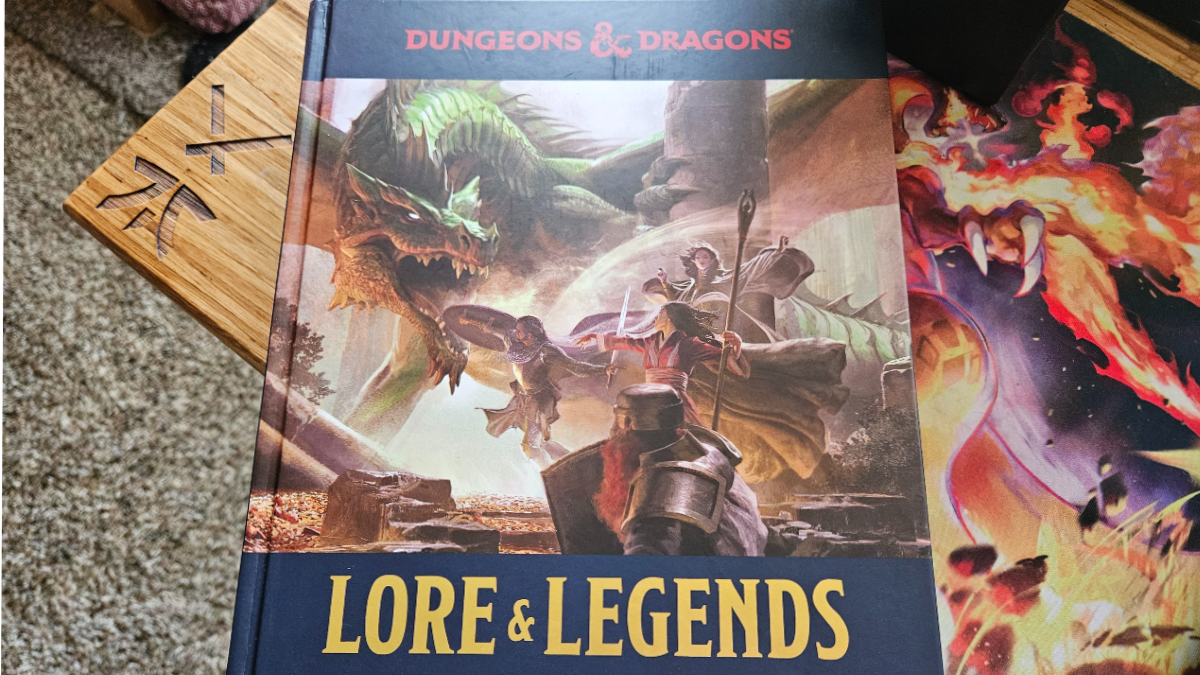
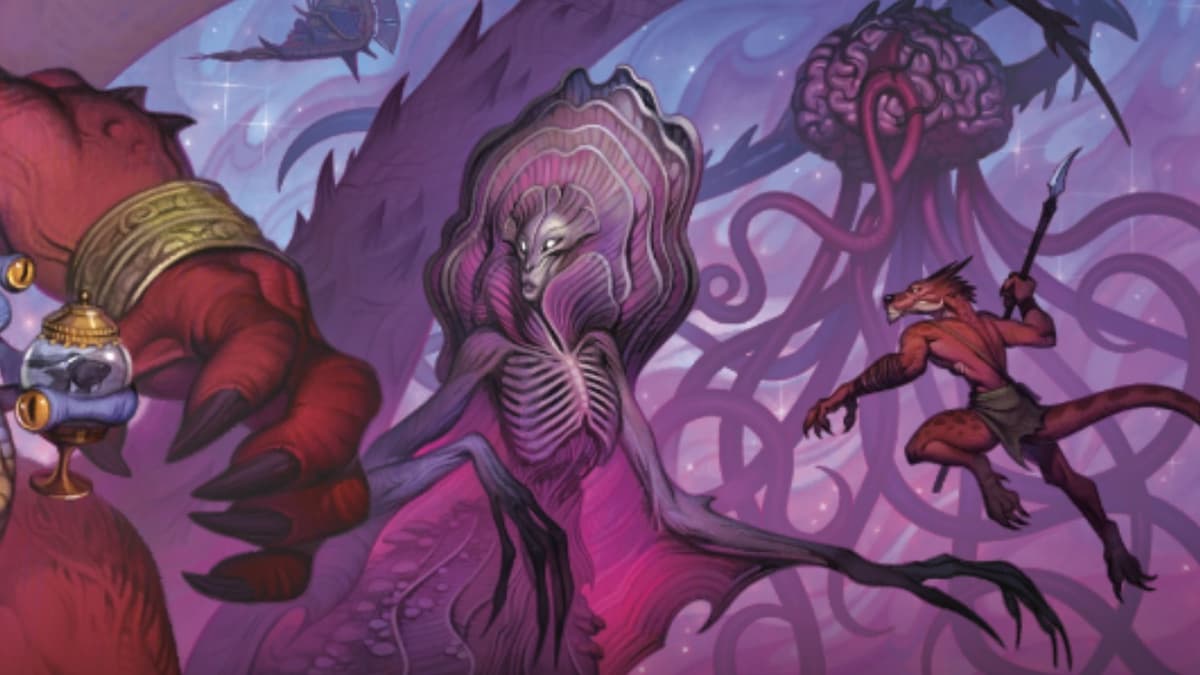
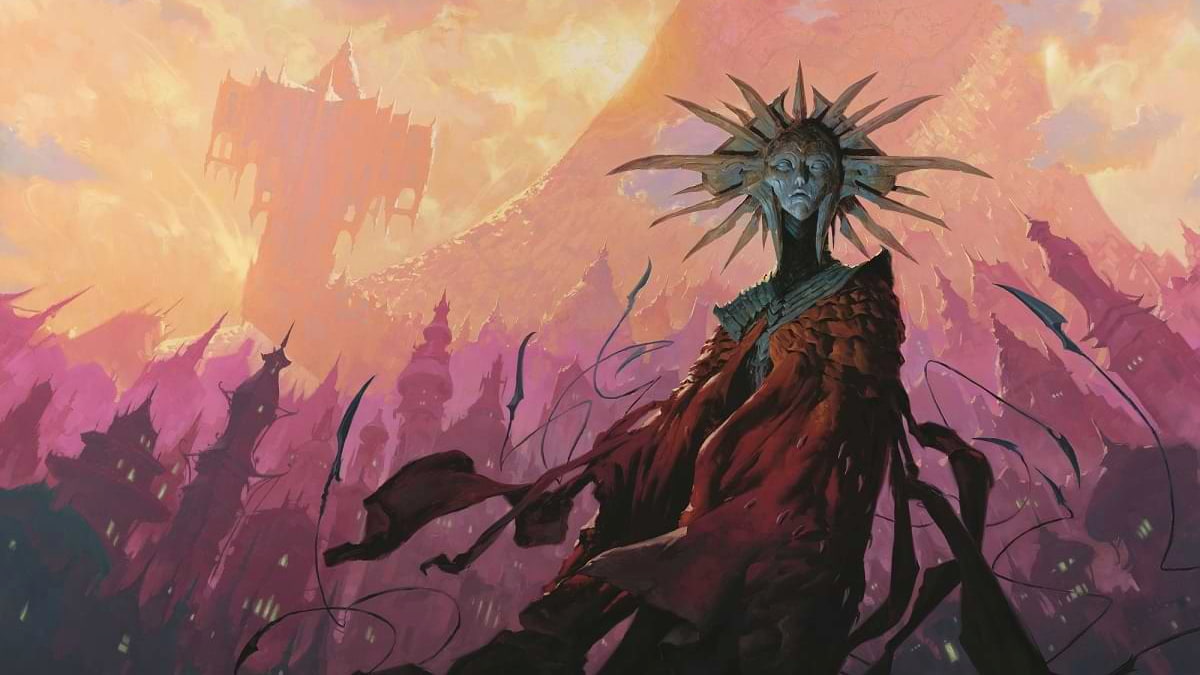
Published: Apr 26, 2023 11:57 am